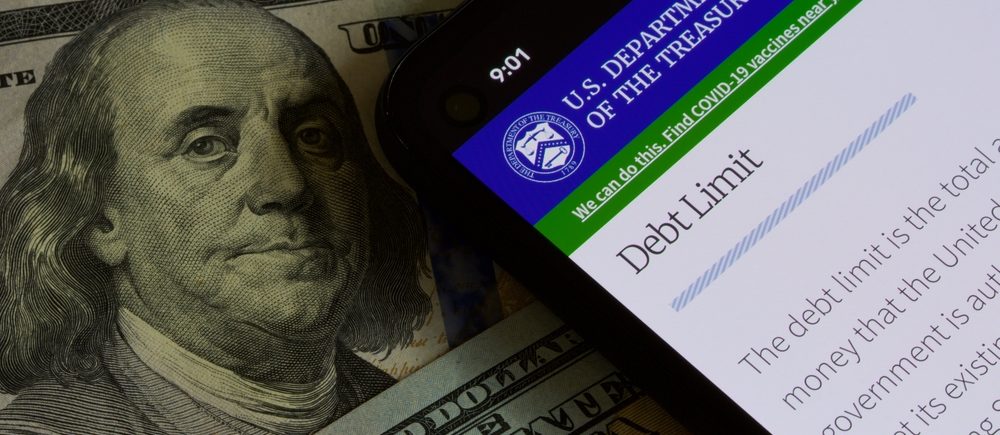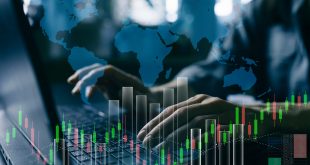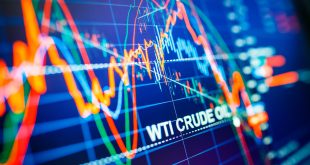As politicians work to push the agreement through Congress before the new June 5 deadline, international investors are simulating the market effects of that deal.
Investors predicted that a deal between the White House and House Republicans to raise the $31.4 trillion debt ceiling would prevent a disastrous American default, increase global risk appetite, and support some of the industries that have lagged in this year’s tech-led rally, like small caps and cyclical stocks.
The initial reaction was upbeat. Nasdaq increased by 0.3%, while S&P 500 e-minis increased by 0.2% on Wall Street. Futures on U.S. Treasury notes increased by about 0.2%, indicating that when bond trading restarts, U.S. Treasury yields will decrease. Due to a public holiday, American markets were closed.
The spread between five-year US credit default swaps shrank, which reduced the cost of insurance against exposure to a US debt default. At 104.26, the U.S. dollar index remained stable.
Some investors are concerned that anticipated spending reductions would harm US growth. A bargaining procedure that narrowly avoided a default is also threatening to damage the United States’ standing with credit rating agencies. While the debt deal is great news, the US government still has a cash flow problem and time is of the essence to finalize the agreements. The debt deal is only the first step in saving the government from the brink of illiquidity.
The deal suspends the debt ceiling until January 2025 in exchange for caps on spending and cuts in government programs. Narrow margins in the House and Senate mean that moderates from both sides will have to support the bill.
Since the $24.3 trillion US Treasury market underpins the global financial system, a default – or even a close call – could trigger massive volatility across global markets. The uncertainty periodically weighed on stock markets over the last week, although most investors and analysts said they had expected an 11th-hour agreement. Optimism that a debt ceiling deal was near and hefty gains in AI-related stocks helped the S&P 500 (.SPX) close at its highest level since August 2022 on Friday. It is up 9.5% year to date.
Among the market sectors that stand to benefit from a deal are defense stocks, which have lagged during the negotiations, as well as cyclical sectors of the market and energy stocks.
The hope is that the approval of this tentative deal will help underpin the broader market and not just the handful of big tech names that have kept the market well in positive territory.
A deal could be a modest positive factor for equity markets at the index level but could provide a greater boost for sectors that have lagged this year, including shares of companies with weaker balance sheets and small-cap stocks.
But market participants are also wary of how proposed spending caps will impact specific sectors as well as the broader US economy.
What investors will now focus on is the cost of the spending cuts to the health of the American economy. How much impact will these spending cuts have on GDP and economic growth? This is also an important question.
Meanwhile, the brinkmanship in Washington could also prompt rating agencies to downgrade U.S. debt. Ratings agency Fitch late Wednesday put the United States on credit watch for a possible downgrade while DBRS Morningstar on Thursday placed US credit ratings under review with “negative implications.”
S&P Global Ratings stripped the United States of its coveted top rating over a debt ceiling showdown in 2011, a few days after a last-minute agreement the agency at the time said did not stabilize “medium-term debt dynamics. The downgrade contributed to a decline in US stocks that saw the S&P 500 lose some 17% between late July and mid-August of 2011.
Investors are also bracing for potential volatility in US government bonds as the Treasury is expected to quickly refill its empty coffers with bond issuance once the debt ceiling is raised, potentially sucking out hundreds of billions of dollars of cash from the market.
Economists will get the optimism that a deal is done and that a real crisis is averted, and the dreaded liquidity drain at the same time. They also think traders will find that interest rate volatility will rise, and this will cause banks and non-AI growth stocks to be laggards.

USD Debt Limit
 Noor Trends News, Technical Analysis, Educational Tools and Recommendations
Noor Trends News, Technical Analysis, Educational Tools and Recommendations




